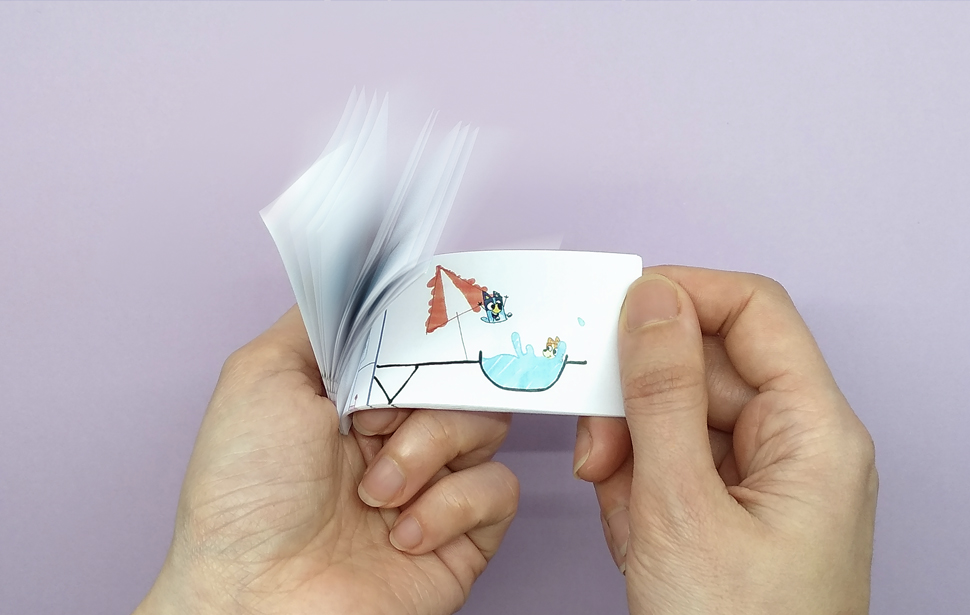Have You Ever Wondered How Video AI Models Actually Generate Videos?
If you’ve ever watched a clip generated by an AI model and thought, “How does this even work?” — you’re not alone. AI-powered video generation is one of the most fascinating and complex feats in modern computing. To understand how these models pull it off — and why they demand so much GPU power — we need to start with something very simple: how a video actually works.
What a Video Really Is — and the Secret Behind Motion
A video is nothing more than a rapid series of still images, called frames, displayed quickly enough that your brain perceives them as continuous motion.
In traditional filmmaking, you’ll often hear about 24 frames per second (fps) — that means 24 still images are shown to you every second. If you slow that down, the illusion of movement breaks apart, and you see the individual pictures.
So why does this illusion work so well? It’s thanks to something called persistence of vision — a quirk of human perception where the eyes retain an image for a split second after it disappears. When new images flash before your eyes in quick succession, your brain “blends” them into smooth motion.
This is the same principle that makes flipbooks or old-school animation reels come alive — each drawing or image changes just a little from the last, and your brain fills in the rest.

Now, Imagine an AI Recreating That
Here’s where things get interesting. To create a video, an AI model doesn’t record a scene like a camera — it imagines every single frame from scratch. It has to produce each image one by one — thousands of them — and then stitch them together at high speed.
For a five-second video at 24 fps, that’s 120 high-quality images generated in sequence.
Each image can take massive GPU computation on its own. Now multiply that by 120 — or even 240 for longer clips — and you start to see why video AI generation eats through resources like a black hole for electricity and GPU memory.
Even generating one detailed image in Stable Diffusion or DALL-E can consume hundreds of megabytes of VRAM and multiple seconds of GPU time. Now imagine the AI having to maintain consistent objects, lighting, and camera motion across hundreds of frames. It’s not just about generating images — it’s about generating motion that makes sense.
How Video AI Models Actually Do It
Modern video models, such as Runway Gen-2, Pika Labs, and OpenAI’s Sora, use techniques that build upon the same foundation as image diffusion models — but with an extra dimension: time.
Here’s a simplified look at what happens behind the scenes:
- Text or Image Input
You give the model a prompt, like “a cat running across a sunny field.” - Latent Representation
The model doesn’t immediately paint the full video in pixels. Instead, it works in a latent space — a compressed mathematical version of the visual world — to save memory and compute. - Diffusion Process
Just like text-to-image models, the AI starts with random noise and gradually “denoises” it step by step to form meaningful frames. But now it has to ensure that each step also aligns with the previous frame’s motion. - Temporal Awareness
The model learns how things move — for instance, how a cat’s legs shift, how shadows change, how the camera pans — by using 3D U-Nets or temporal transformers that operate across both space and time.
Think of it as the model “imagining” not just one image but an entire mini-movie sequence evolving naturally. - Frame Assembly
Once all frames are generated, they’re decoded back into normal RGB images and compiled at a chosen frame rate (for example, 24 fps) using software such as FFmpeg, producing a seamless video.
Why It Consumes So Much GPU Power
Each frame generated by an AI model goes through thousands of mathematical calculations involving billions of parameters. GPUs — with their parallel processing cores — handle these operations, but they have finite memory.
If you’ve ever seen your GPU “max out” running a single AI image, imagine running that hundreds of times per second, while also keeping track of how every pixel should change slightly from one frame to the next.
That’s why AI video generation is so GPU-intensive. Even short clips can take hours to render on consumer hardware.
Professional models like Google’s Imagen Video or Meta’s Make-A-Video rely on clusters of GPUs — each costing thousands of dollars — to process the enormous data flow and ensure consistent quality.
The Challenge: Consistency Over Time
Creating realistic motion isn’t just about generating good individual images — it’s about keeping them consistent.
Early AI video attempts often suffered from flickering faces, morphing objects, or unstable colors. This happened because the AI generated each frame independently, without understanding how they relate.
Today’s video diffusion models solve this by learning temporal coherence — how every frame connects smoothly to the next. This ensures that the cat in frame 1 is still the same cat in frame 100, just in a different pose or angle.
A Thousand Tiny Paintings, One Moving Picture
So in a way, AI video generation is like painting a thousand masterpieces, each slightly different, and displaying them at lightning speed.
What your eyes see as motion is actually a carefully crafted illusion, just like a flipbook — except each frame is designed by an artificial artist that understands motion, light, and storytelling.
And that’s the magic of AI video generation. Every smooth second of AI-made motion is the product of immense computation, careful modeling, and a principle as old as cinema itself: the illusion that still images can move.






